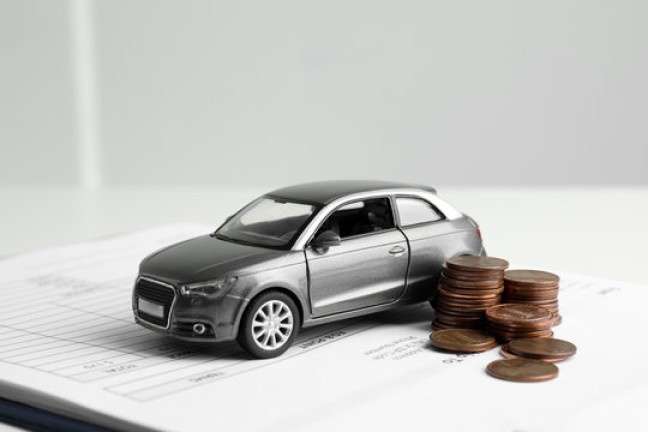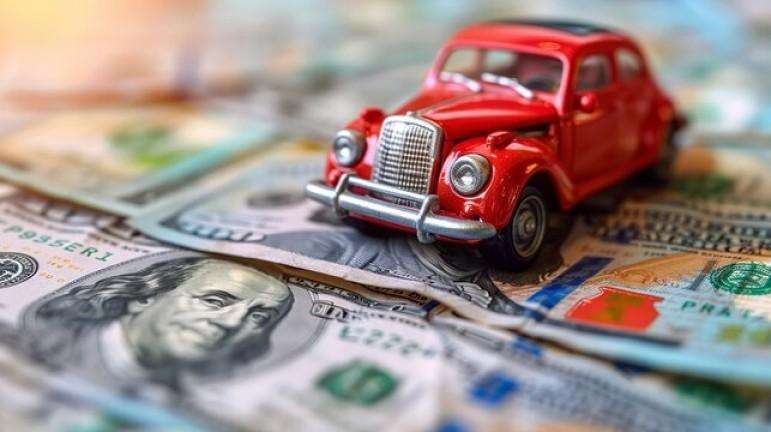When it comes to customizing or repairing a vehicle, aftermarket car parts offer an excellent way to enhance performance, appearance, and overall functionality. However, one of the main concerns for many drivers and car enthusiasts is how to finance these parts. Aftermarket car parts can be expensive, and not everyone has the immediate cash to make these improvements or repairs. That’s where aftermarket car parts financing comes into play. I will walk you through the various options available, explain their pros and cons, and give you a clear understanding of how to approach financing these car parts.
Table of Contents
Understanding Aftermarket Car Parts
Before diving into financing options, let’s take a step back and define what aftermarket car parts are. Aftermarket parts are components made by a company other than the car’s original manufacturer. These parts are often designed to either replace original equipment manufacturer (OEM) parts or to enhance a vehicle’s performance or appearance. The key difference between OEM and aftermarket parts is that the former is produced by the car’s maker, while the latter comes from third-party companies.
Aftermarket parts can range from something simple like floor mats to more complex items such as turbochargers or suspension kits. Some drivers opt for aftermarket parts to save money, while others choose them for better quality or increased performance.
Why Finance Aftermarket Parts?
Aftermarket car parts, depending on the type and quality, can be costly. For example, a basic suspension kit could cost around $200-$500, while a high-performance exhaust system could run you anywhere from $1,000 to $2,000 or more. If you’re looking at replacing several parts at once or going for high-end components, the total cost could quickly become overwhelming.
That’s where financing options help bridge the gap between what you can afford and what you need or want for your car. Instead of saving for months or years, financing lets you spread the cost of the parts over time, making them more manageable.
Available Financing Options for Aftermarket Car Parts
When it comes to financing aftermarket parts, there are several options available. Each option comes with its own set of benefits and drawbacks, so let’s break down each of them to help you make an informed decision.
1. Credit Cards
Using a credit card is one of the most common methods of financing aftermarket parts. Many drivers use a credit card to purchase parts, especially if they have a rewards program that offers cash back or points for each purchase. Credit cards are easy to use, and they offer the flexibility of paying off the balance over time.
Pros:
- Widely accepted by most suppliers and mechanics.
- Flexible repayment terms if you choose to pay off the balance monthly.
- Potential for rewards, such as cash back or points.
Cons:
- High-interest rates, especially if you carry a balance.
- Potential for accumulating debt if not managed properly.
- If the credit limit is low, it may not cover expensive parts.
Example Calculation: Suppose you buy a turbocharger for $1,500 using a credit card with a 20% APR (Annual Percentage Rate). If you only make minimum payments of $50 per month, it would take over 34 months to pay off the balance, and you would end up paying approximately $2,100, including interest.
2. Personal Loans
A personal loan from a bank or online lender is another option to finance aftermarket car parts. Personal loans often come with fixed interest rates and terms, so you know exactly what your monthly payments will be. The loan amount can be large enough to cover a significant portion of the cost, making it an attractive option for those making substantial upgrades.
Pros:
- Predictable monthly payments with fixed interest rates.
- Larger loan amounts available for significant repairs or upgrades.
- Generally lower interest rates than credit cards.
Cons:
- Requires a good credit score to qualify for the best rates.
- Interest rates may still be high if you have poor credit.
- A longer approval process compared to credit cards.
Example Calculation: Let’s say you apply for a $1,500 personal loan with a 10% APR over 12 months. Your monthly payments would be approximately $133.76, and you’d pay around $1,605 in total over the year. While this is higher than the initial price, it’s much better than putting it on a credit card with high-interest rates.
3. Car Part Financing Plans (Installment Plans)
Some aftermarket part retailers or car shops offer their own financing plans. These plans allow you to break the cost of the parts into smaller, more manageable payments. Many of these plans offer 0% interest for a certain period, which can be a great way to finance your purchase without worrying about additional costs.
Pros:
- Potential for 0% interest if paid within the promotional period.
- Easy to apply for, often requiring minimal paperwork.
- Flexible terms depending on the retailer.
Cons:
- Limited to certain suppliers and retailers.
- If you don’t pay off the balance within the interest-free period, you may be charged retroactive interest.
- Sometimes the total cost may be higher than other options due to fees or conditions.
Example Calculation: If you buy an exhaust system for $1,000 with a 12-month 0% interest installment plan, your monthly payment would be about $83.33. If you pay off the balance on time, you will only pay the $1,000. However, if you miss a payment or don’t finish paying within the promotional period, you could incur interest, which could add up quickly.
4. Buy Now, Pay Later (BNPL)
Buy Now, Pay Later services like Klarna or Afterpay have become increasingly popular in recent years. These services allow you to purchase car parts and pay for them over a short period—usually a few weeks or months. BNPL services are often interest-free if paid on time, and they offer a quick and easy application process.
Pros:
- Instant approval with minimal documentation.
- No interest if paid within the agreed-upon time frame.
- Payments are divided into manageable chunks.
Cons:
- Typically requires the entire purchase amount to be paid off within 6-12 weeks.
- If you miss a payment, you may be hit with late fees or interest charges.
- Some services may have restrictions on the types of products they finance.
Example Calculation: If you buy $600 worth of car parts and opt for a BNPL plan that divides the payment into 4 installments, you would pay $150 every two weeks. If you make all payments on time, you would only pay the original $600, with no additional fees or interest. However, if you miss a payment, late fees could quickly escalate.
5. Auto Loans
If you are purchasing aftermarket parts as part of a larger project, such as rebuilding or upgrading your vehicle, you may be able to roll the cost into an auto loan. An auto loan is typically used to finance the purchase of a car, but some lenders allow borrowers to include the cost of aftermarket parts as part of the loan.
Pros:
- Can be rolled into an auto loan with favorable terms.
- Larger loan amounts are available for extensive repairs or upgrades.
- Often offers lower interest rates than credit cards.
Cons:
- The process can be lengthy, requiring loan applications and approval.
- Not all auto loans allow for aftermarket parts.
- You may need to refinance your car to include the parts.
Example Calculation: If you have an existing car loan of $10,000 and want to include $2,000 worth of aftermarket parts, you may refinance your loan to include the cost. If the new loan is for $12,000 at a 5% interest rate over 36 months, your monthly payment would increase by about $60, bringing it to around $360 per month.
Which Financing Option is Right for You?
When deciding how to finance your aftermarket car parts, it’s important to consider your budget, the total cost of the parts, and your ability to repay. Here’s a comparison table to help illustrate the key features of each financing option:
| Financing Option | Loan Amount | Interest Rate | Repayment Period | Pros | Cons |
|---|---|---|---|---|---|
| Credit Cards | Flexible | 10%-25% APR | Monthly | Flexible, rewards, easy to use | High interest, potential debt |
| Personal Loans | $1,000 – $5,000 | 5%-20% APR | 12-60 months | Lower interest, fixed terms | Good credit needed, paperwork |
| Installment Plans | Up to $5,000 | 0%-30% APR | 3-12 months | Potential for 0% interest | Limited to certain retailers |
| Buy Now, Pay Later (BNPL) | $100 – $2,000 | 0% interest | 6-12 weeks | Quick approval, no interest if paid on time | Late fees if missed payment |
| Auto Loans | $5,000 – $50,000 | 3%-8% APR | 12-72 months | Larger loans, lower interest | Lengthy process, not for small purchases |
Conclusion
Aftermarket car parts are a fantastic way to customize or repair your vehicle, but financing them can be tricky. The right option for you depends on factors like the total cost of the parts, your credit score, and your repayment ability. From using a credit card to securing a personal loan or opting for an installment plan, there are various ways to spread out the cost.
If you want to avoid high interest, I suggest looking into financing plans offered directly by car parts retailers or exploring personal loans if you need a larger sum. However, if you’re just making a small upgrade, a Buy Now, Pay Later service could be the easiest and most cost-effective way.
No matter what option you choose, it’s important to stay on top of your payments to avoid unnecessary fees or interest. Be sure to read the terms and conditions carefully, so you know exactly what you’re agreeing to before you commit to any financing option.





